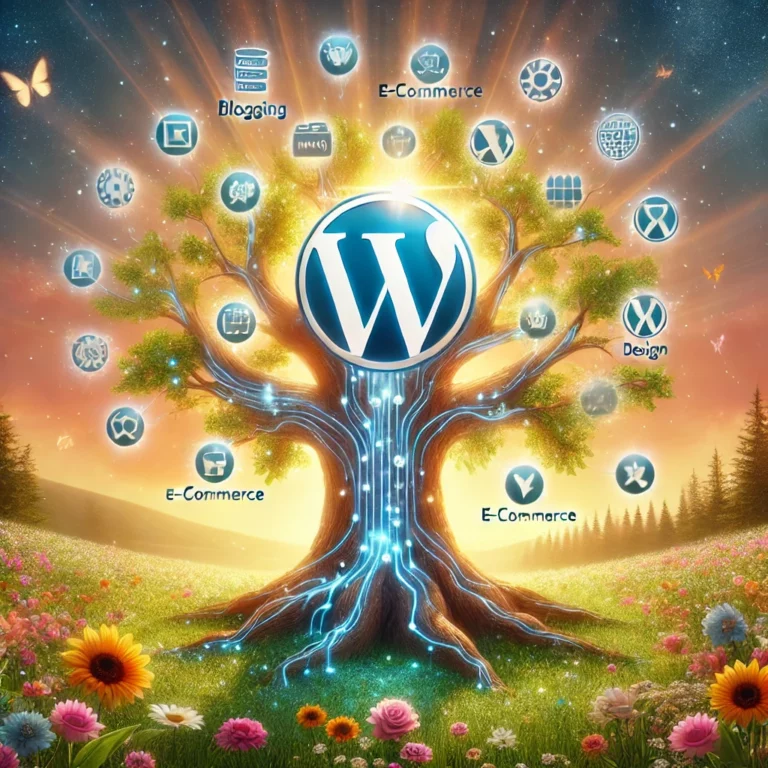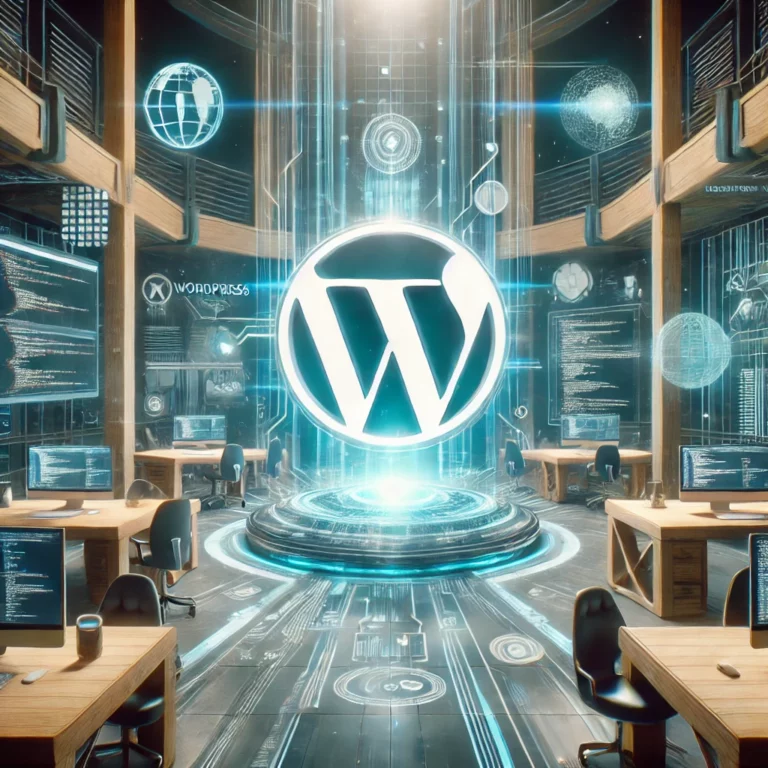As WordPress developers, we’ve all been there—adding just “one more feature” to a plugin or customization project, all because we hate saying ‘no’ to a client’s request. 🚫 It’s easy to get caught up in the desire to build something amazing that fits every possible use case. But over time, I’ve realized that saying no is sometimes the best decision you can make—not just for your sanity, but for the health of your software.
In WordPress plugin development, there’s a constant balancing act between:
🔄 𝗔𝗱𝗱𝗶𝗻𝗴 𝗳𝗲𝗮𝘁𝘂𝗿𝗲𝘀 to make a plugin flexible and powerful
⚖️ 𝗞𝗲𝗲𝗽𝗶𝗻𝗴 𝘁𝗵𝗲 𝗽𝗹𝘂𝗴𝗶𝗻 𝗹𝗶𝗴𝗵𝘁𝘄𝗲𝗶𝗴𝗵𝘁 𝗮𝗻𝗱 𝗺𝗮𝗶𝗻𝘁𝗮𝗶𝗻𝗮𝗯𝗹𝗲
PHP makes it possible for us to add virtually anything we want to a plugin. But just because you can doesn’t mean you should. 🚨
Every additional feature means:
🧩 𝗖𝗼𝗺𝗽𝗹𝗲𝘅𝗶𝘁𝘆 𝗴𝗿𝗼𝘄𝘀: More lines of code lead to more places where bugs can appear.
🛠️ 𝗠𝗮𝗶𝗻𝘁𝗲𝗻𝗮𝗻𝗰𝗲 𝗯𝘂𝗿𝗱𝗲𝗻: Each new feature needs testing, updating, and support over time.
👥 𝗨𝘀𝗲𝗿 𝗲𝘅𝗽𝗲𝗿𝗶𝗲𝗻𝗰𝗲 𝗰𝗮𝗻 𝘀𝘂𝗳𝗳𝗲𝗿: More features mean a steeper learning curve for users.
Sometimes, the best engineering decisions involve simplification rather than accumulation. I find myself, more and more, trying to think about what can be removed, or what functionality might be better suited as a separate plugin. ✂️✨
WordPress plugin development taught me that the art of good engineering isn’t about endlessly adding—it’s about 𝗸𝗻𝗼𝘄𝗶𝗻𝗴 𝘄𝗵𝗮𝘁 𝘁𝗼 𝗸𝗲𝗲𝗽 𝗮𝗻𝗱 𝘄𝗵𝗮𝘁 𝘁𝗼 𝗹𝗲𝘁 𝗴𝗼 𝗼𝗳. 🚀
𝗛𝗮𝘃𝗲 𝘆𝗼𝘂 𝗲𝘃𝗲𝗿 𝗵𝗮𝗱 𝗮 𝘁𝗼𝘂𝗴𝗵 𝘁𝗶𝗺𝗲 𝘀𝗮𝘆𝗶𝗻𝗴 𝗻𝗼 𝘁𝗼 𝗮 𝗳𝗲𝗮𝘁𝘂𝗿𝗲 𝗿𝗲𝗾𝘂𝗲𝘀𝘁? 𝗛𝗼𝘄 𝗱𝗼 𝘆𝗼𝘂 𝗯𝗮𝗹𝗮𝗻𝗰𝗲 𝗮𝗱𝗱𝗶𝗻𝗴 𝘃𝗮𝗹𝘂𝗲 𝘄𝗶𝘁𝗵𝗼𝘂𝘁 𝗼𝘃𝗲𝗿𝘄𝗵𝗲𝗹𝗺𝗶𝗻𝗴 𝘆𝗼𝘂𝗿 𝗽𝗹𝘂𝗴𝗶𝗻? 🤷♂️💬
I’d love to hear your thoughts! Share your experiences and let’s chat about where to draw the line.👇
hashtag#WordPress hashtag#PHP hashtag#PluginDevelopment hashtag#SoftwareEngineering hashtag#CleanCode hashtag#WordPressPlugins hashtag#ShareYourThoughts hashtag#LessIsMore


